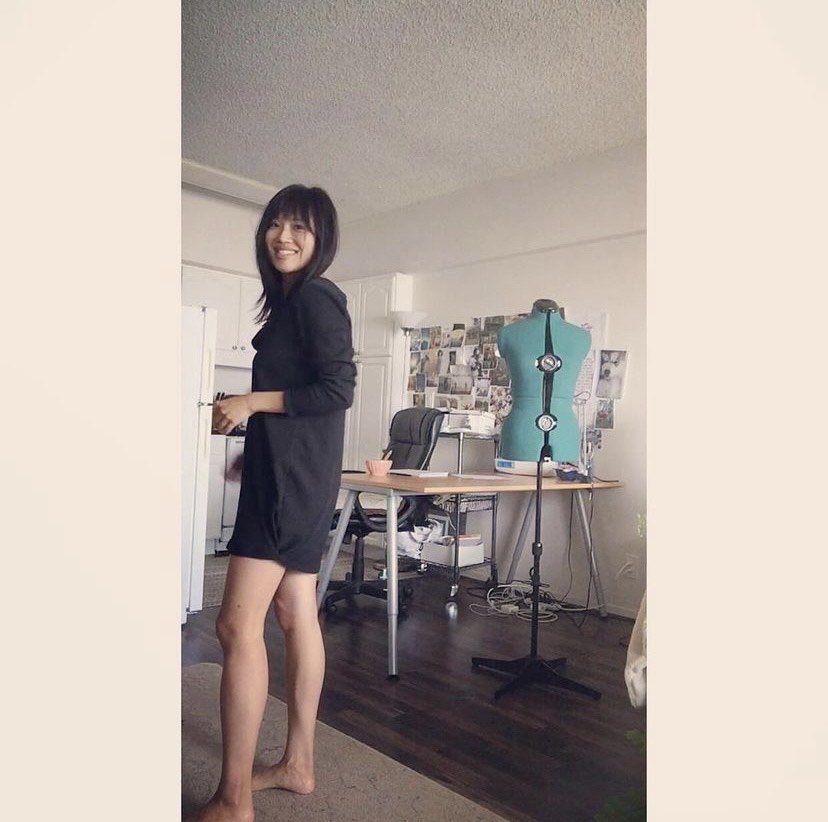As a staff product designer, I’ve been noticing something interesting lately: mentees feeling overwhelmed by choice when it comes to their portfolios. Should they be long or short? Should they focus on breadth or depth? I’ve reviewed so many different types of portfolios over the last year, and here’s the thing—they’re all different. So, how do we decide what kind of portfolio aligns with the role we’re aiming for? Let’s explore what companies are looking for in product designers today.
From my conversations on ADPList and coaching sessions, I’m starting to notice some patterns:
What Companies Want from Product Designers
Execution-Oriented Designers: Companies are often looking for designers who can jump in and execute on challenging, time-sensitive projects. If your portfolio demonstrates a wide range of skills—from research to implementation—it’s likely to catch their attention.
Team-Leveling Roles: I’ve also noticed companies hiring designers to "level up" their teams. Highlighting skills like teaching, coaching, and mentorship in your portfolio can make you stand out for these roles.
Design Principles Expertise: Employers are increasingly valuing a strong grasp of design principles. Make sure you can demonstrate how you’ve applied these principles in your work.
Collaboration Experience: Collaboration is key. Show that you’ve worked effectively with product managers, engineers, and other stakeholders. Strong collaboration skills are non-negotiable for many roles.
Showcasing Impact: How do you show the value of your work? Companies want to see the impact of your designs—include measurable outcomes and stories that highlight the difference you made.
Relationship Building: Strong interpersonal skills and the ability to build rapport with managers and cross-functional teams are becoming essential. Demonstrate this in your portfolio wherever possible.
Design Systems Knowledge: An understanding of design systems—how to build and implement them—is a major plus for many hiring managers.
Navigating Disagreements: Learning how to disagree constructively and show what that means in practice can reflect emotional intelligence and maturity.
Back to Basics: Designing, Thinking of the User, and Collaboration
When it comes to creating your portfolio, it can be helpful to align with the foundational pillars of product design. Coursera’s definition of a product designer breaks this down nicely into three areas:
Designing: Your core task is to design. Show off your ability to create—whether it’s through your mastery of color, typography, or layout—in well-crafted artifacts.
User-Centered Thinking: Fold UX principles into your work. Show examples of A/B testing, surveys, wireframes, prototypes, and journey maps that demonstrate your ability to think of the user.
Cross-Functional Collaboration: Product designers take a holistic view, working across teams to align with company goals. Highlight your collaboration with other designers, researchers, and business teams to showcase this aspect.
Adding Business Acumen to the Mix
Interaction Design’s definition of product design adds another layer: the business side of things. Beyond crafting delightful and usable products, product designers also:
Define product goals and roadmaps.
Guide teams and stakeholders on ROI and strategic concerns.
Ensure designs align with feasibility and market success.
By integrating these elements into your portfolio, you position yourself as a candidate who not only understands design but also its broader impact on the business.
A Call to Action
If you’re feeling lost while putting your portfolio together, try anchoring it in the core principles of product design: Designing, Thinking of the User, and Collaboration. From there, add layers of business strategy and measurable impact to create a compelling narrative.
Your portfolio is more than a showcase of your work—it’s a reflection of who you are as a designer. By aligning it with today’s job market expectations and the foundational principles of product design, you’ll craft something that not only stands out but also feels true to you.
What do you think your portfolio says about you as a designer? How might it tell the story of the impact you want to create? And hey, if your portfolio feels like a never-ending work in progress… welcome to the club! Just remember, even the Mona Lisa took years to finish.
Resources
Coursera: What is a Product Designer?
Interaction Design Foundation: Product Design
























